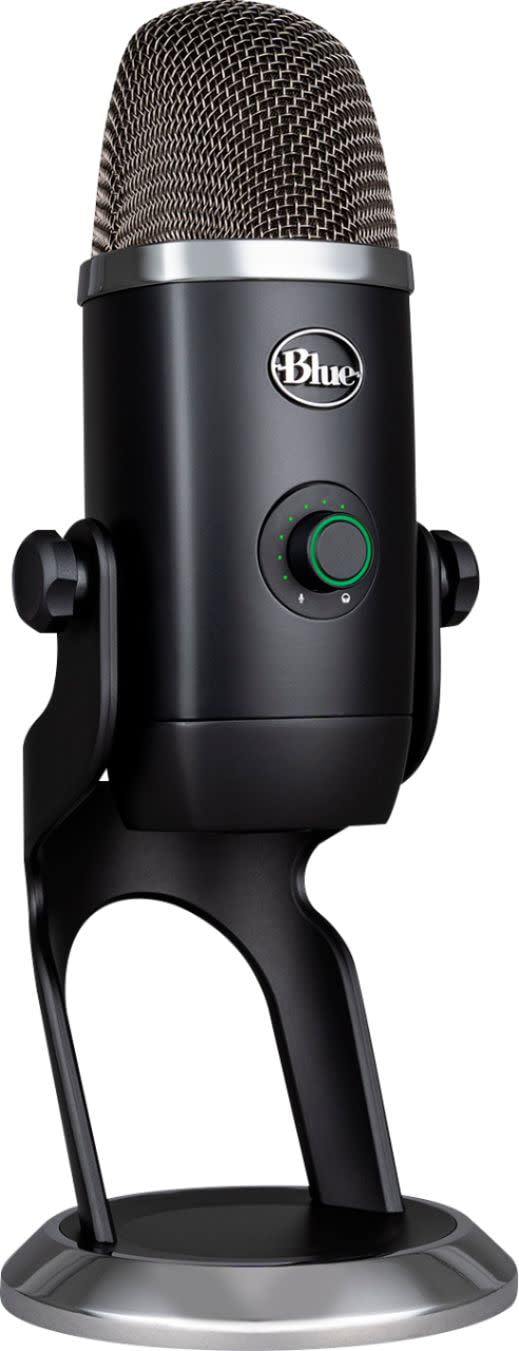


The only real inputs that come with this interface are the two main analog inputs (1/2) followed by the next 4 pairs of ADAT optical inputs.ĥ. These last 5 pairs can be deleted if the user wants to see a “cleaner” input matrix, but realistically they do not affect the functionalities of the hardware nor the software. It is easy to note how these “Default” Input settings added 5 additional pairs of analog inputs at the end of the list that realistically do not exist since this interface only has the two main analog inputs (1/2). At the Input tab, click on “Default” to apply the default (recommended) settings that Pro Tools assigns to our interface. Note in our case, the I/O Window opened on the “Input” tab and it shows a completely empty list.įor the purpose of this tutorial, we will be using Pro Tools default I/O for our previously selected interface.Ĥ. The picture above shows the I/O Setup window. Once the new session has been created and the proper Playback Engine has been selected, the Pro Tools edit window (empty) should look like this:

We can now move on to the setup of the audio Inputs and Outputs.ġ. The empty edit window will open again as:Īt this point we have successfully selected our audio interface as the desired Playback Engine. Pro Tools will save and re-start automatically with the new Playback Engine configuration applied. Press “Yes”, the Playback Engine window will appear again as:ħ. Once clicked, Pro Tools will show the following warning:Ħ. For the purpose of this tutorial we will select “Universal Audio Thunderbolt” which refers to our Universal Audio Apollo Twin Thurnderbolt interface.

From the Playback Engine drop-down list, select your own audio interface. In order to do this, click on “Built-In Output” and a drop-down menu will show with the different hardware options as:ĥ. For the purpose of our tutorial, we want to configure our own audio interface instead of the Built-In sound card of the computer. It is easy to see how “Built-In Output” has been set as the Playback Engine. The picture above shows the Playback Engine window.Ĥ.


 0 kommentar(er)
0 kommentar(er)
